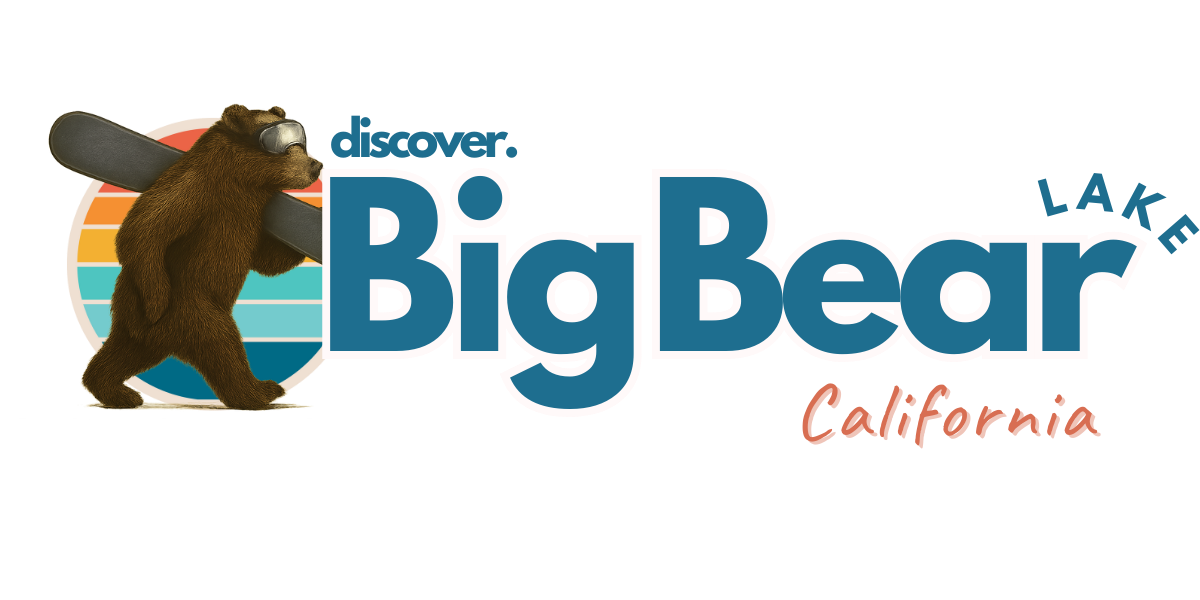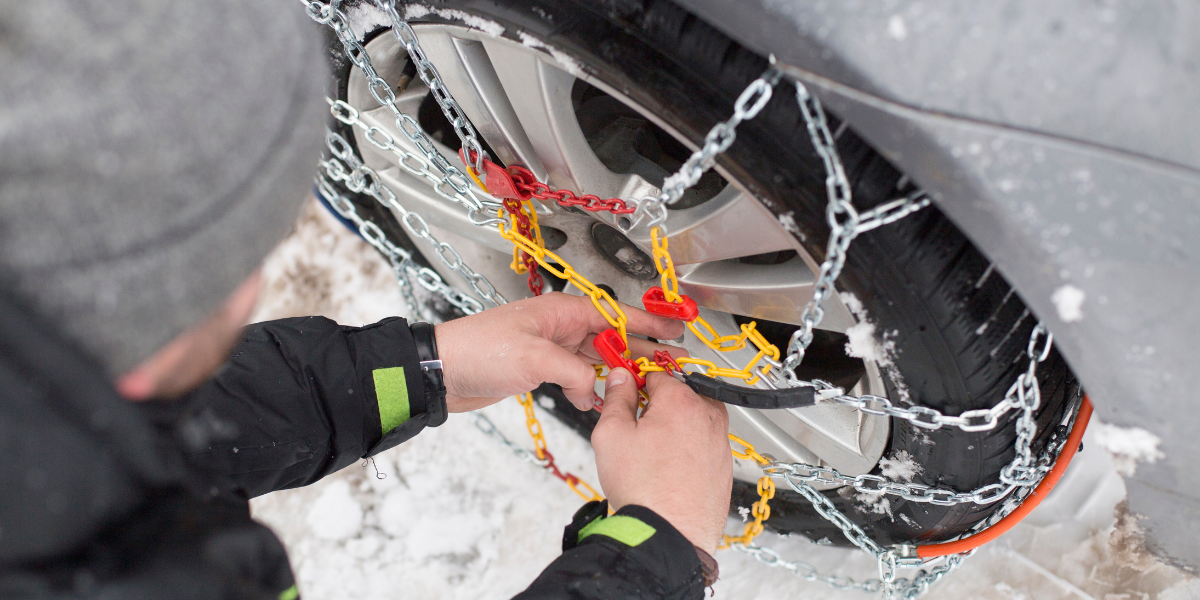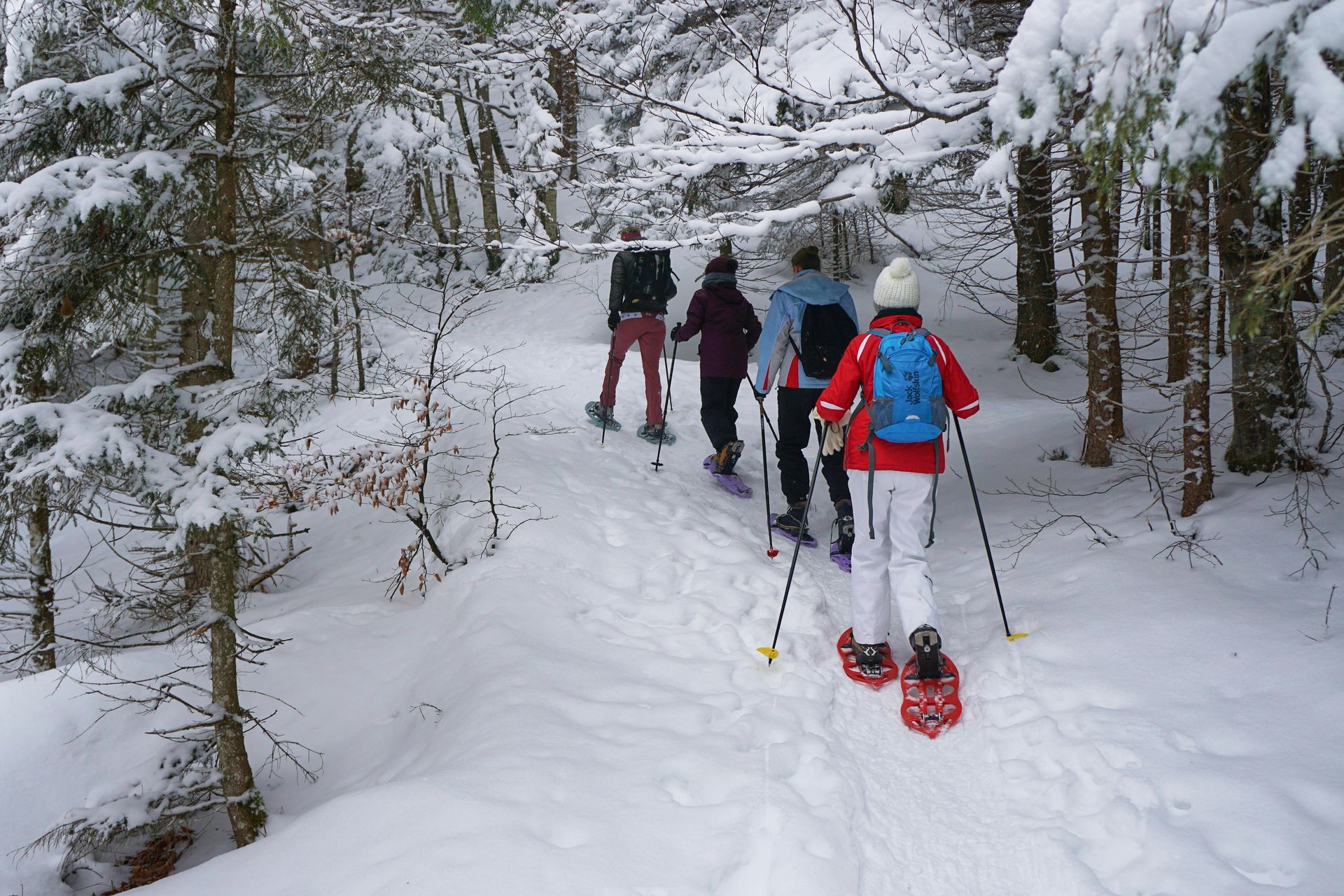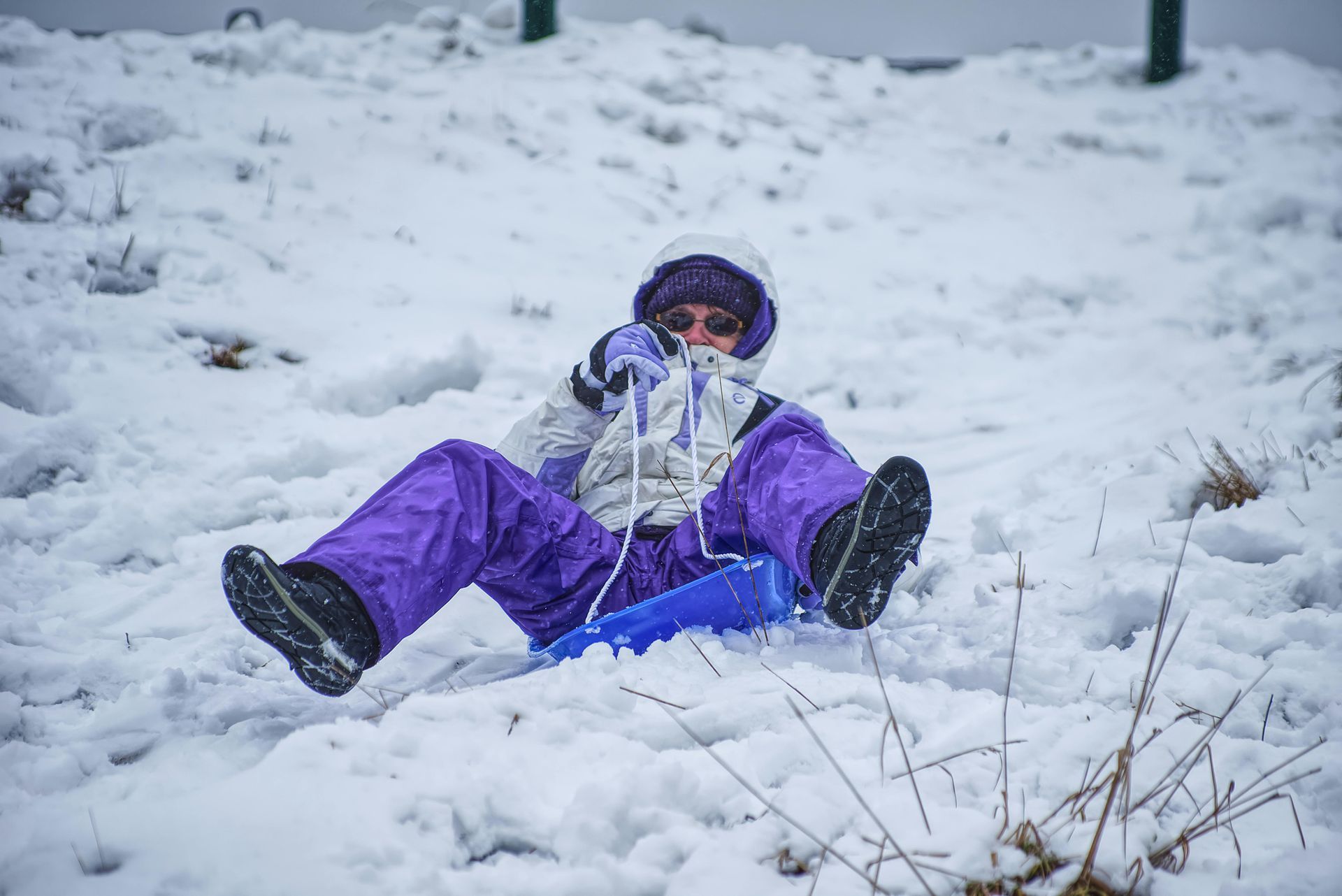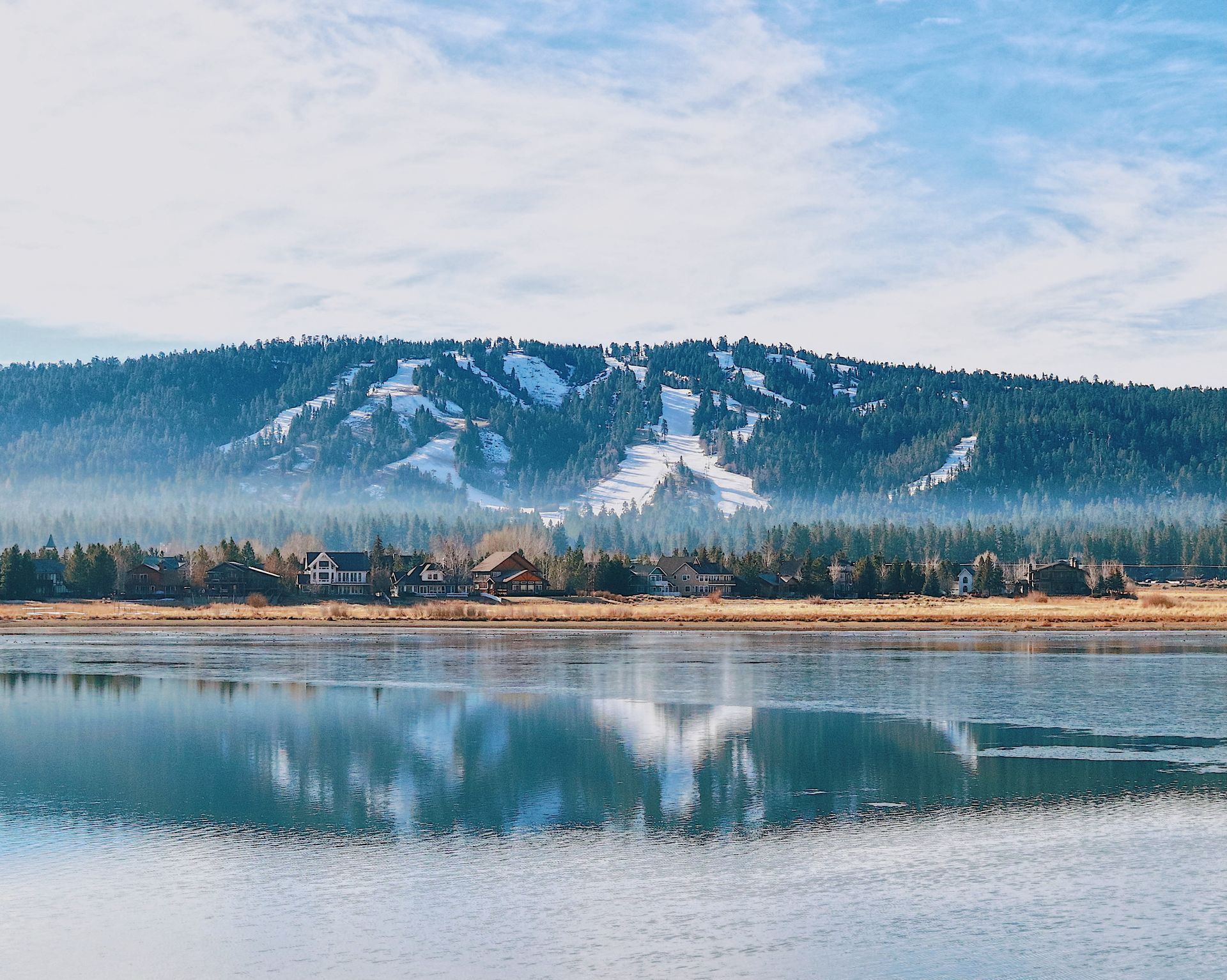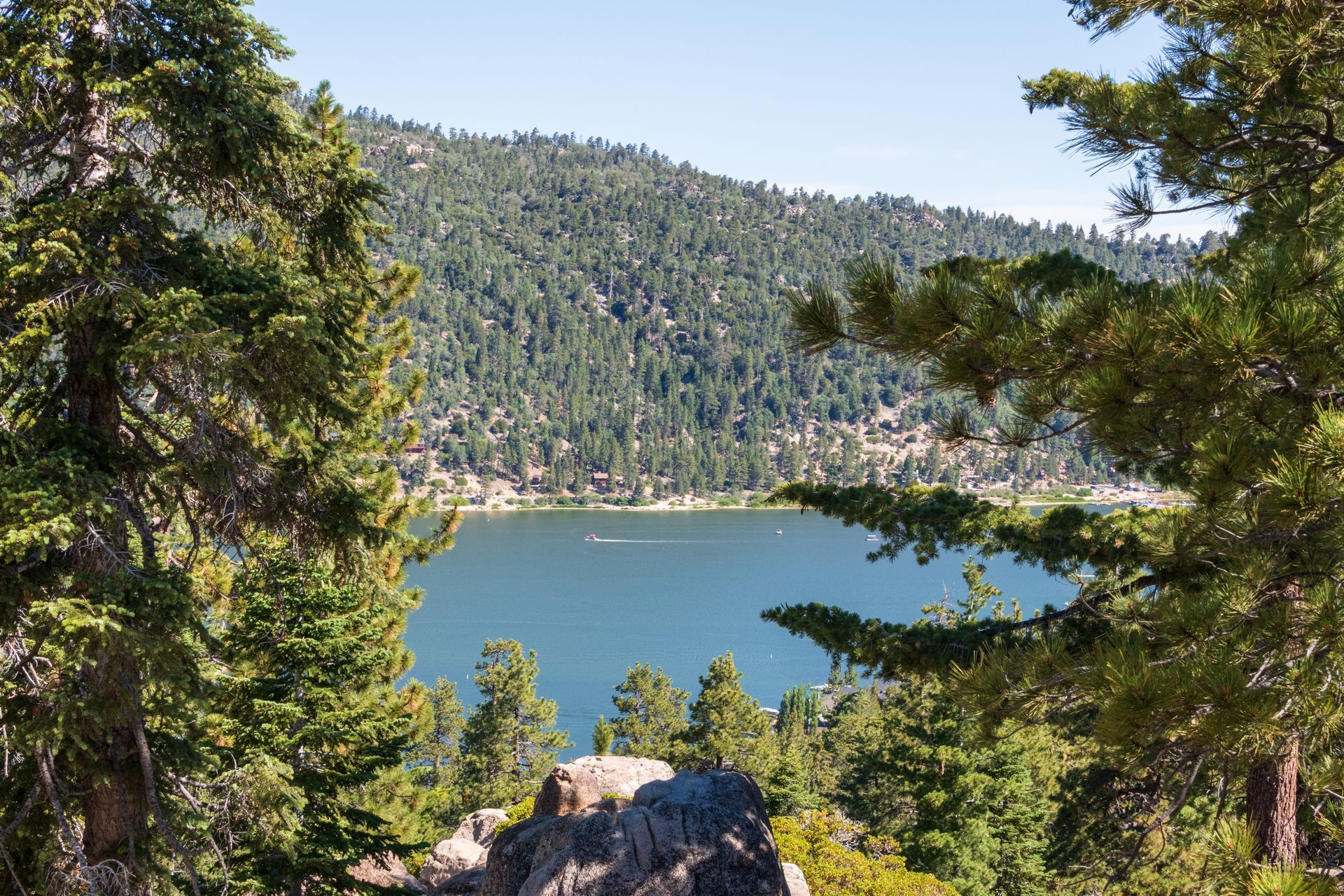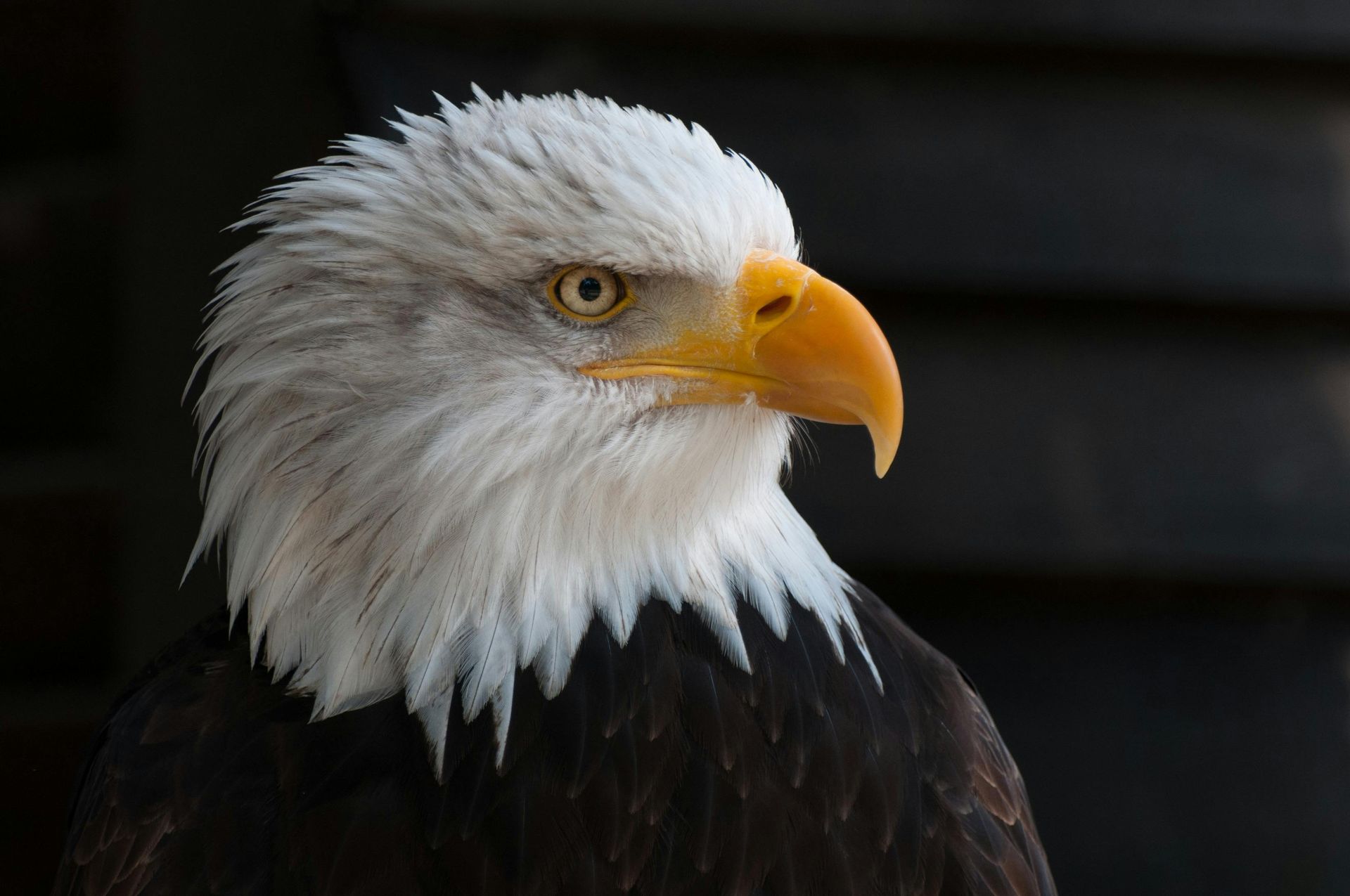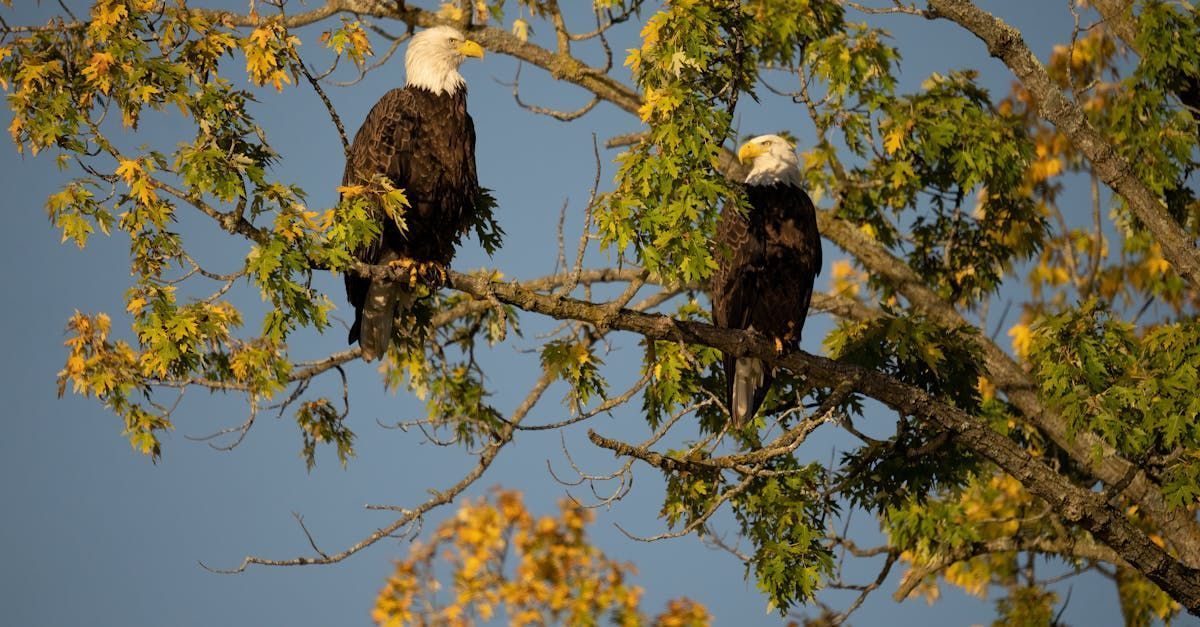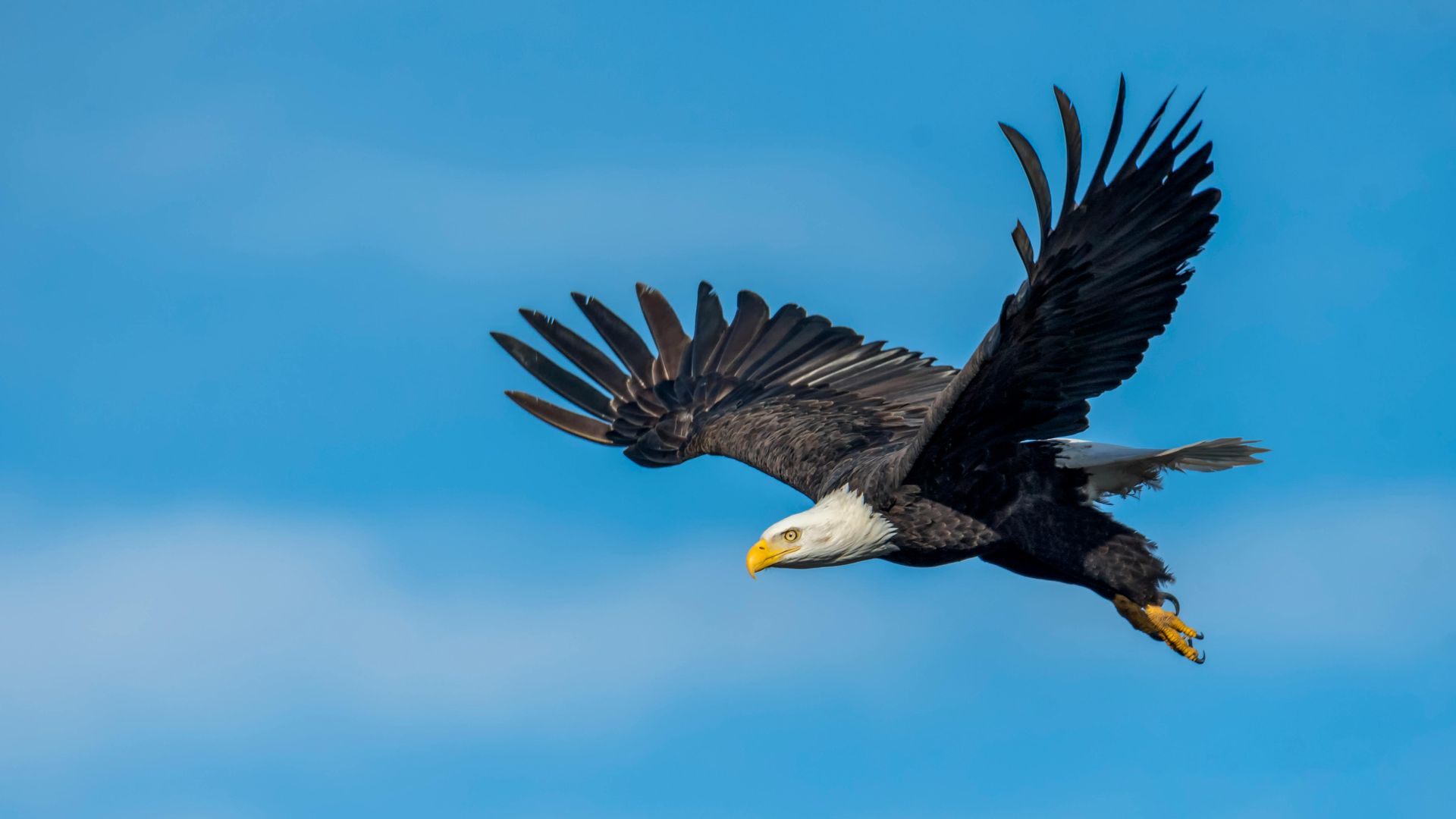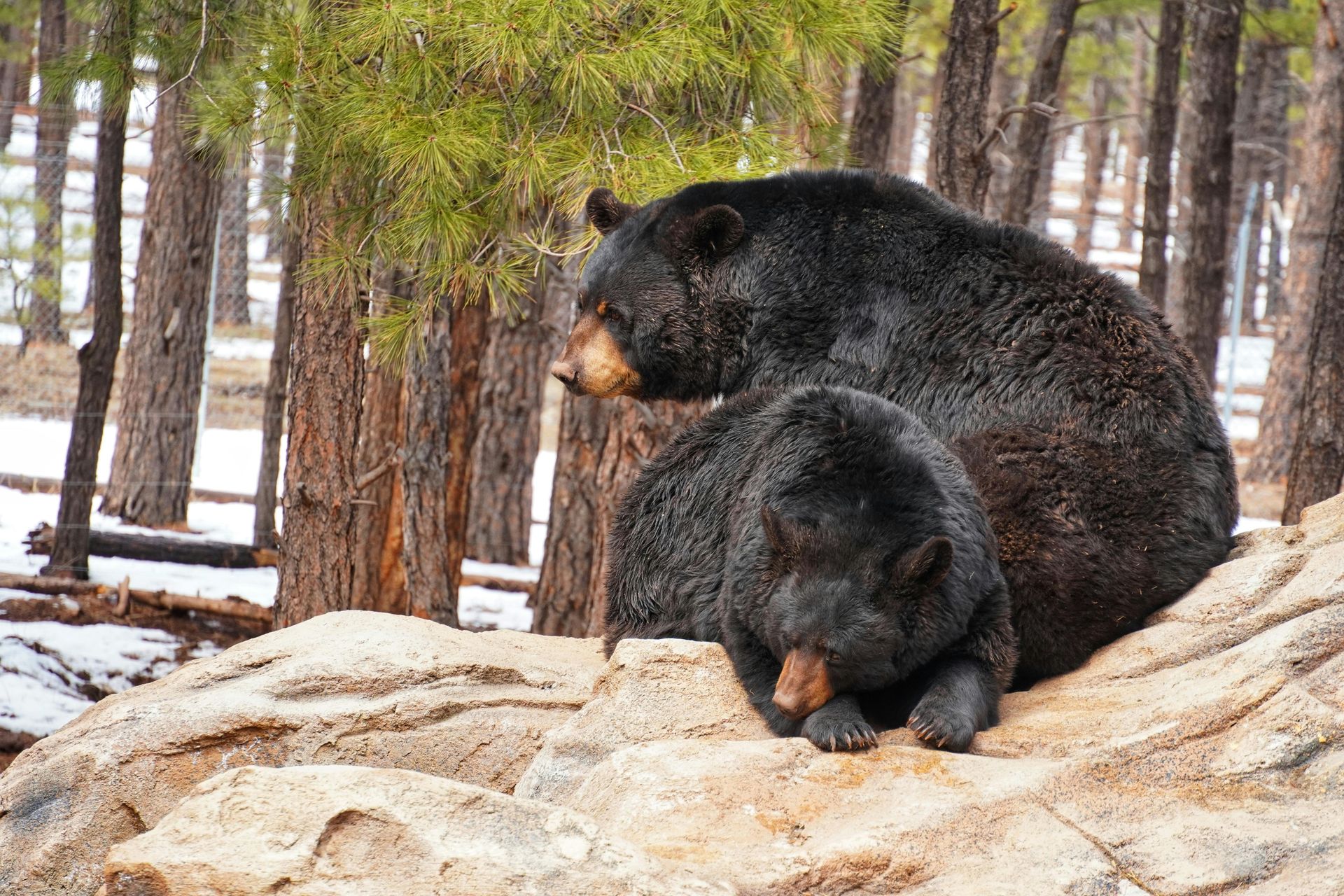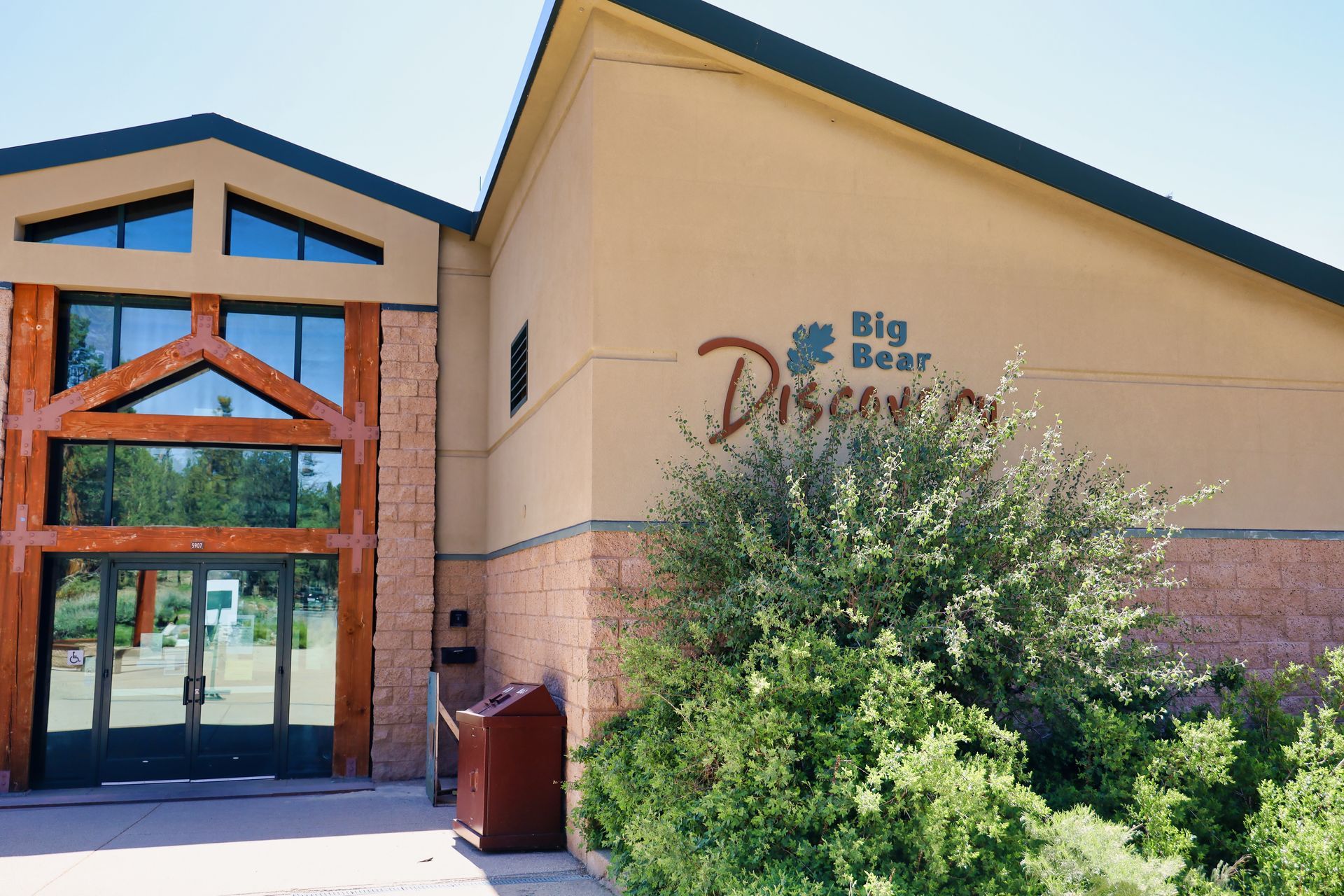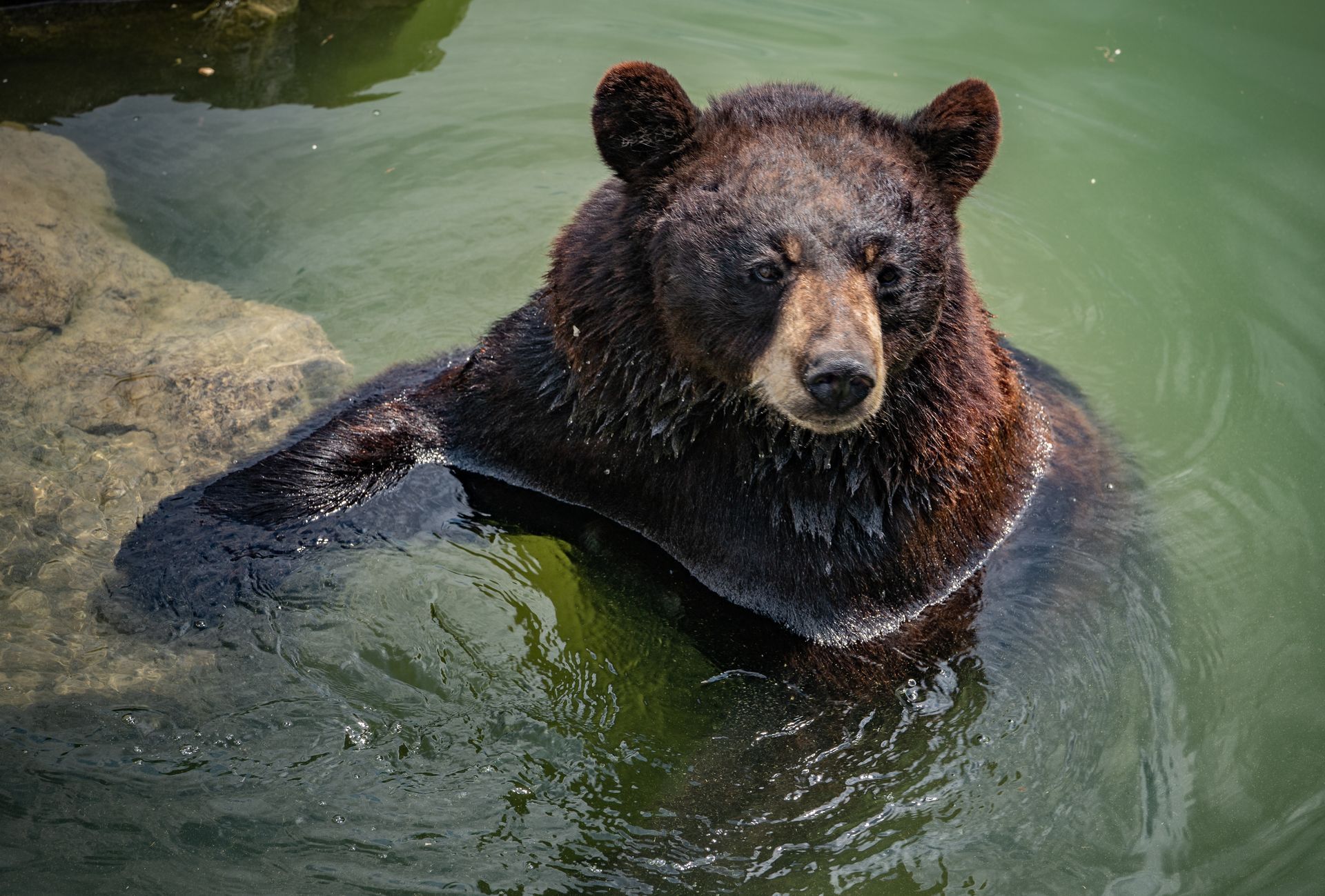Winter Driving Conditions in Big Bear Lake (2025 Guide)
By Discover Big Bear Lake • October 24, 2025
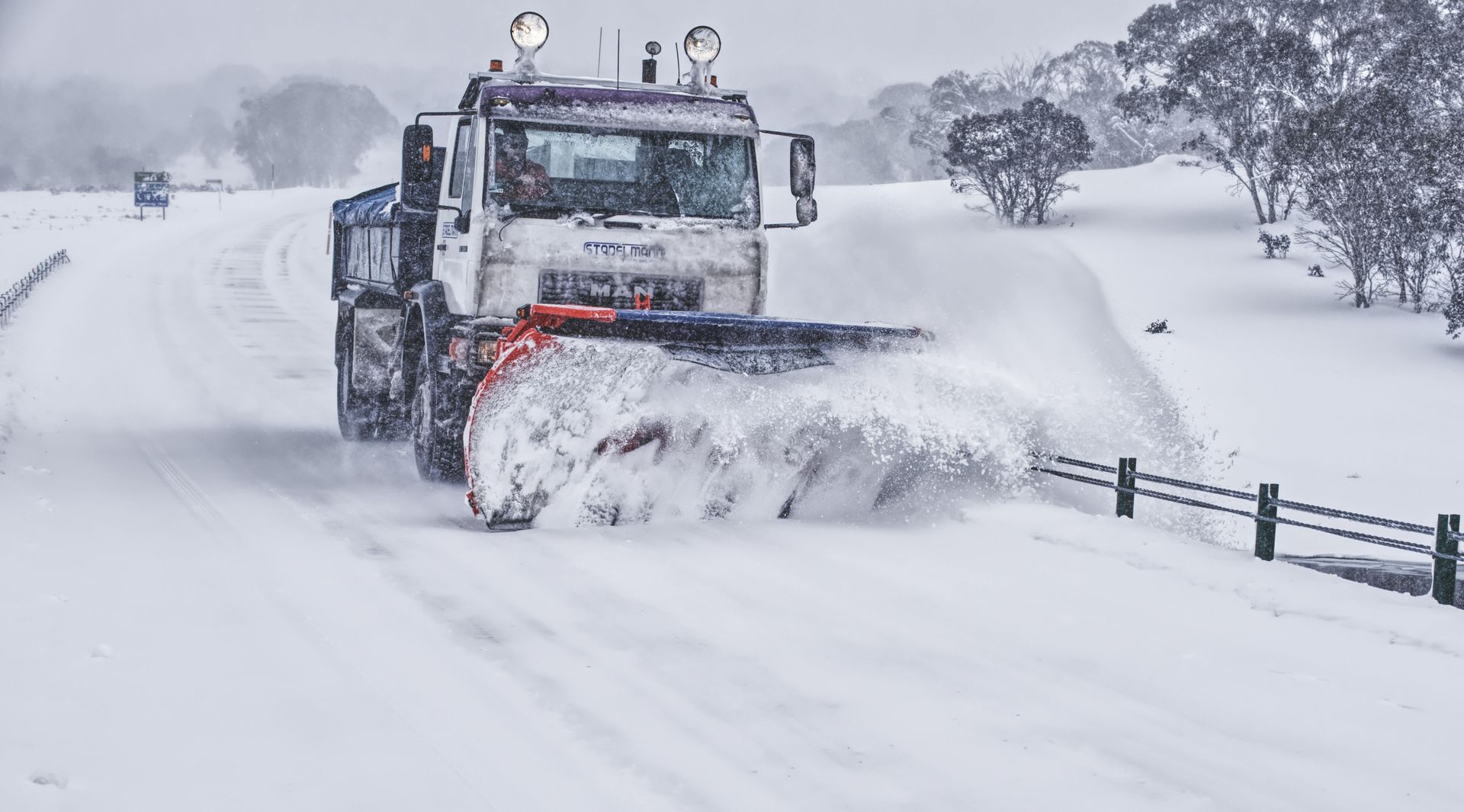
❄️ This article is part of our Winter in Big Bear Lake Guide, where you’ll find snow updates, road tips, and the best things to do during the winter season.
Winter in Big Bear Lake brings snow-covered pine forests, crisp mountain air—and some challenging driving conditions for those heading up the mountain. Whether you’re planning a weekend getaway or visiting for the holidays, understanding what to expect on the roads can make all the difference between a smooth trip and a stressful one.
Winter Weather in Big Bear Lake
Big Bear sits at about 6,700–7,000 feet in elevation, meaning winter temperatures often dip well below freezing. Even when daytime highs reach the 40s, overnight and early-morning temperatures frequently drop into the 20s or teens, leading to black ice on shaded stretches of highway. Roads may look clear but can still be dangerously slick—especially near bridges and curves.
Snowfall varies each year. Some winters bring steady storms with several feet of accumulation, while others see only a few light snowfalls. Regardless of the year, icy mornings, fog, and occasional snow flurries are common from November through March.
Fog and Visibility
Fog is another frequent hazard, particularly on the drive up the mountain. Moist air from the valleys often condenses as it rises, creating
dense fog
along curves and ridgelines. Visibility can drop to just a few feet at times, especially at dawn and dusk. Slow down, use low beams, and avoid sudden stops when fog rolls in.
The Three Routes to Big Bear Lake
There are three main highways that lead to Big Bear Lake, each with unique terrain and weather patterns:
- Highway 18 (from San Bernardino via Rim of the World)
The most common and scenic route, Highway 18 climbs steeply through switchbacks with wide views of the San Bernardino Mountains. It’s well-maintained but can experience heavy snow, fog, and weekend traffic.
- Highway 330 to Highway 18 (via Running Springs)
A popular alternative for travelers from Los Angeles and Orange County. This route is shorter but steeper, with sharp turns and frequent CHP chain checkpoints during storms.
- Highway 18 (from Lucerne Valley)
This desert-side approach is generally less congested and often clearer during storms, but conditions can still turn icy as you wind down the hill. It’s a good alternative when coming from the high desert, though it lacks the same level of snow maintenance as the front routes.
- Highway 38 (from Redlands via Mentone and Angelus Oaks)
Typically the least crowded and most gradual route—but as of late 2025, Highway 38 remains closed due to severe mudslides that occurred in September. Repairs are ongoing, and it is not expected to reopen for the 2025 winter season, which means the remaining routes are likely to see heavier traffic and longer delays during snow events.
Chain Requirements and CHP Checkpoints
California law requires all vehicles traveling in mountain areas to carry tire chains during winter months—even if you drive a 4WD or AWD vehicle. During storms or icy conditions, CHP may set up checkpoints along Highways 18 and 330, requiring drivers to show chains or install them before continuing.
If you do not have chains when required, you may be turned around and not allowed to proceed. Keep your chains in your vehicle from November through April and know how to install them before your trip.
Understanding Chain Control Levels
The California Department of Transportation (Caltrans) uses three levels of chain control to regulate access on mountain roads:
- R-1: Under this level, vehicles must have either snow chains on their tires (for two-wheel-drive vehicles) or snow tires with the M+S (Mud and Snow) designation.
- R-2: When conditions worsen, an R-2 requirement may be imposed. This means that all vehicles, except those with all-wheel drive or four-wheel drive equipped with snow tires, must put on snow chains.
- R-3: Chains are required on all vehicles, no exceptions. Roads may close entirely during extreme conditions.
You can check current conditions before heading up by visiting Caltrans QuickMap or by calling 1-800-427-7623 for real-time updates.
Driving Around Big Bear in Winter
Once you’ve made it up the mountain, winter driving challenges don’t stop at the city limits. Chain restrictions (R-1 or R-2) often continue into town, particularly along Big Bear Boulevard, Moonridge Road, and areas near Snow Summit and Bear Mountain.
The same rules that apply on the highways also apply within city limits—if chain control signs are posted, you must have them installed unless your vehicle qualifies for exemption.
Big Bear Lake is built on uneven, hilly terrain. Residential neighborhoods, especially Moonridge and the areas surrounding the ski resorts, have steep roads and driveways that can remain slick long after plows pass. It’s common to see unprepared drivers sliding, getting stuck, or unable to reach their cabins because they lack chains or four-wheel drive. Even with plowed streets, packed snow and black ice can make short slopes extremely difficult to climb.
Before your trip, ask your vacation rental host or property manager what the nearby streets and driveway are like in winter. Some driveways are steep enough that without 4WD or chains, even plowed surfaces can be impassable. Bringing a small shovel, ice melt, and traction mats can also save you time if you need to clear a path or regain traction.
Do You Need a Four-Wheel-Drive Vehicle?
Technically, no—four-wheel drive is not required to visit Big Bear Lake in winter. However, it is strongly recommended. Having a 4WD or AWD vehicle will make every part of your trip easier—from the climb up the mountain to driving around town, maneuvering into parking lots, and getting up icy driveways.
If you don’t own one, consider
renting a 4WD or AWD vehicle for your visit. It’s the most reliable way to avoid getting stuck, meet chain requirements more easily, and ensure you can safely reach your cabin or ski resort even during active snowfall.
Traffic and Timing Tips for 2025
With Highway 38 closed, expect
heavier congestion on Highway 18 and 330—especially on Fridays, Sundays, and holiday weekends.
To make your drive easier:
- Travel early in the morning or later in the evening to avoid peak traffic.
- Keep your gas tank at least half full—there are no gas stations on the climb.
- Bring extra water, snacks, warm clothes, and patience in case of long delays.
What to Do If You Get Stuck in the Snow
Even careful drivers can find themselves stuck in snow or ice—especially on Big Bear’s hilly roads and driveways.
If it happens, stay calm and follow these steps:
- Don’t spin your tires. Spinning only digs your tires deeper. Instead, gently rock your vehicle back and forth by shifting between drive and reverse.
- Clear snow from around your tires. Use a shovel or any flat object to remove packed snow and ice near the tires and undercarriage.
- Add traction. Place sand, kitty litter, car mats, or traction boards under the drive tires. A small bag of sand or pet litter in your trunk can be a lifesaver.
- Consider lower your tire pressure slightly. Reducing pressure to about 20 PSI (temporarily) can help tires grip better—but reinflate as soon as you’re free.
- Use four-wheel drive if available. Engage 4WD or traction control features before accelerating.
- Ask for help safely. If you’re on a public street or driveway, call a local tow company or roadside assistance. Avoid standing in the roadway during snow or fog.
- Stay warm and visible. If you must wait for help, keep your hazard lights on and stay inside your vehicle with the engine running periodically for heat (ensure the exhaust pipe is clear of snow).
If you’re staying at a vacation rental, contact your property host or local plow service—many can help dig you out quickly.
Also check Big Bear Lake Facebook Groups. Many members are locals who are willing to help out tourists who are in need of help!
Final Thought
Driving to Big Bear Lake in winter can be safe and rewarding with the right preparation. Check weather forecasts, carry chains, allow extra time, and drive cautiously through icy or foggy stretches. Whether the season brings light snow or heavy storms, staying informed and prepared will ensure your mountain getaway starts off smoothly.
Want more local tips for visiting during snow season?
Check out our Winter in Big Bear Lake guide → for updates on road conditions, snow play, winter hikes, and where to stay warm after a day in the snow.
Newsletter Signup
Sign up to receive newsletters and announcements from Discover Big Bear Lake
Join our newsletter!
Thank you for joining!
Please try again later.
SHARE THIS
